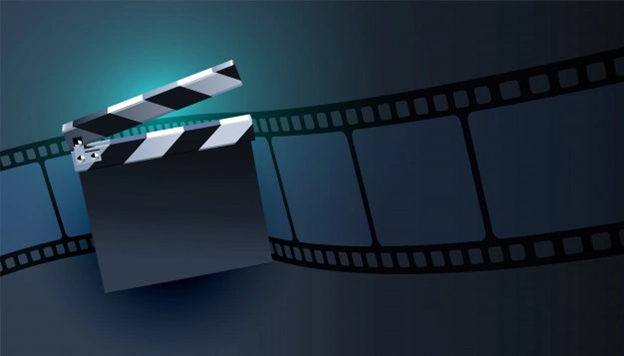Making some films is not just an art, it normally takes many years of practice to cultivate a keen eye and consistent craft for filmmaking. According to Mark Murphy Director, this is what separates great cinematography from cliché movie making.
As an art, cinematography normally balances storytelling and photography sublimely. In some situations, cinematography may make or break movies.
What Cinematography Consists of
There are many elements, ranging from shot composition to fine details, such as lens choice. Regardless of how small or big it’s, every cinematography component is important.
Shot composition is a great part of cinematography. It is unthinkable to miss out on this vital step before you start filming,
On the other hand, the lens you pick to capture every shot is a vital element of cinematography to understand. Using a lens with a shorter focal length can render the scene differently than lenses with a longer focal length. Apart from the choice of lens and shot composition, other elements include:
- Color grading
- Cinematography lighting
- Camera movement
Cinematography Characteristics
The cinematography normally arises under the idea of transmitting and recording reality. Unlike photography, it may reproduce the movement.
However, the cinematography is not necessarily true to reality, even when you aspire to produce a journalistic or documentary report that needs objectivity.
What A Cinematographer Does
The cinematographer, also regarded as the DP (Director of Photography), captures the story in visuals using cameras. Cinematographers need to manage every visual element of filming, like color tones and composition.
They also lead the entire crew working on the lights of films and a camera. In many cases, they have the freedom to provide precise instructions for the exact results they want.
Workplace of Cinematographers
Mostly, cinematographers don’t work alone, instead they collaborate with motion picture experts to film a movie. This can be set designers and the film director. However, they are not only required to shoot motion pictures, some also work for advertisements, TV shows, and documentaries.
Technology and Cinematography
Every professional cinematography needs to deal with the limitations and strengths of their equipment. Even modern screens and cameras cannot reproduce and record images the similar way the eyes do.
For instance, frames don’t accurately reflect or truly represent the field of vision. So a cinematographer should compensate for this inconsistency through the depth of field.
This is an important shooting tool in every cinematographer’s arsenal. Cinematographers should master the tool as it will enable them to control focus so as to attain a certain:
- Effect
- Look
Importance of Cinematography in the Filmmaking
The cinematography supports and establishes the general feeling and looks of the visual narrative of a film. All visual elements, which appear on screens may improve the story. So the responsibility of the cinematographer is to make sure all elements are cohesive and support the story.
Usually, cinematography represents those visual aspects, whether through lens choice, aspect ratio, angle width, or other visual elements. The impact of some shots plays an important part in the general feel of films.
For instance, medium shots help audiences feel that they are part of a conversation, while wide shots make subjects more susceptible.
Final Say
Among the perks of working in the filmmaking field is that it is normally shot in various locations, not just in created sets or studios. So knowledge and skills of film production and cinematography are necessary to do a great job.


